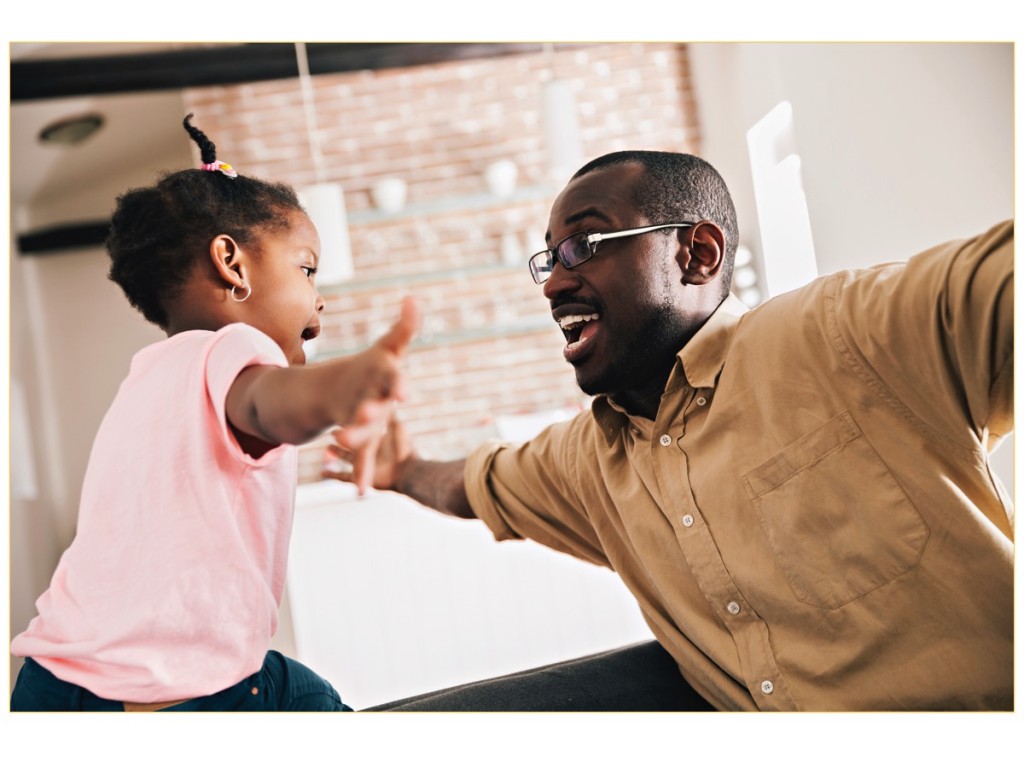
From the moment they arrive, babies begin to develop emotional bonds with the adults in their lives. Newborns communicate with adults through signals, like crying. These signals let adults know that infants need them. Over time, infants develop new ways to keep their caregivers nearby. They smile, reach, coo, and crawl. These behaviors help caregivers develop a deep emotional bond with their infants. This special bond is called attachment. Attachment is usually in place by the end of a baby’s first year of life. Infants’ brains are “wired” to develop attachment to others. The quality of this attachment depends on caregiver, child, and family factors.
In this module, we will examine attachment. How have observations and research changed our understanding of attachment? What characteristics define the attachment bond? How does it develop and change over time? How infants develop relationships with other people is important for their psychological development as they grow.
-
- Attachment
- the lasting emotional bond that forms between infants and their primary caregivers
- Proximity maintenance
- a child stays close to an attachment figure for comfort and protection
- Safe haven
- an attachment figure provides comfort and safety when a child feels unsure
- Secure base
- an attachment figure’s presence gives a child the confidence to explore her environment
- Separation distress
- a child experiences stress or anxiety when an attachment figure leaves